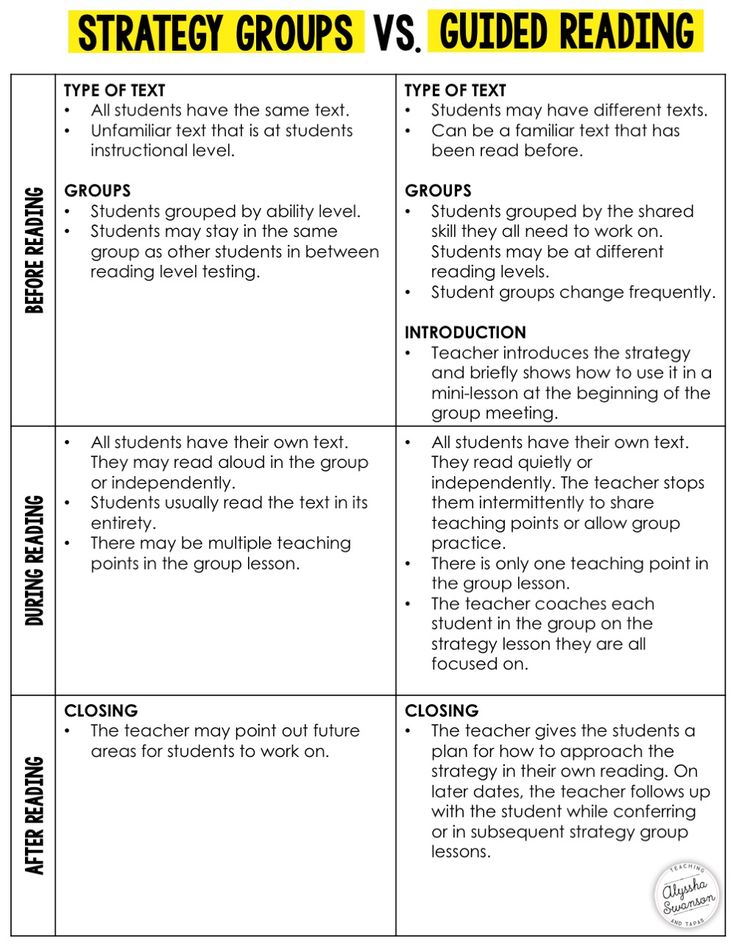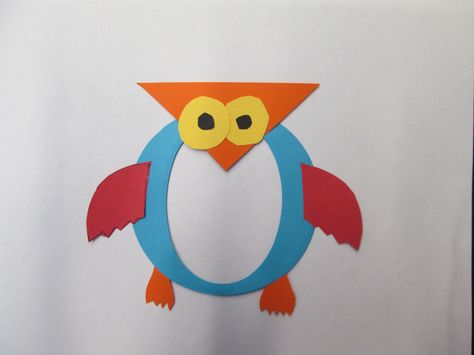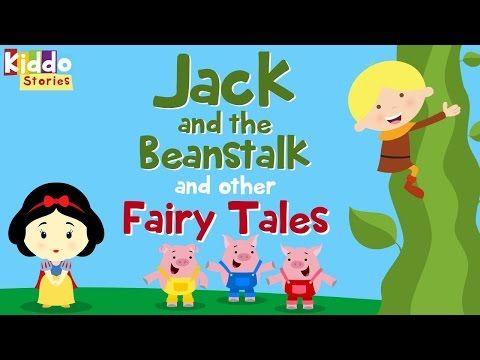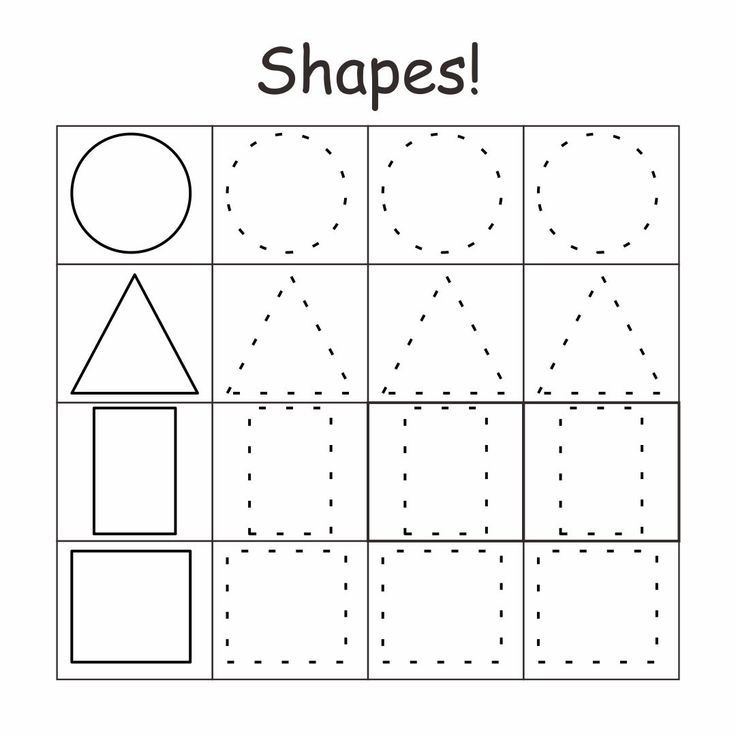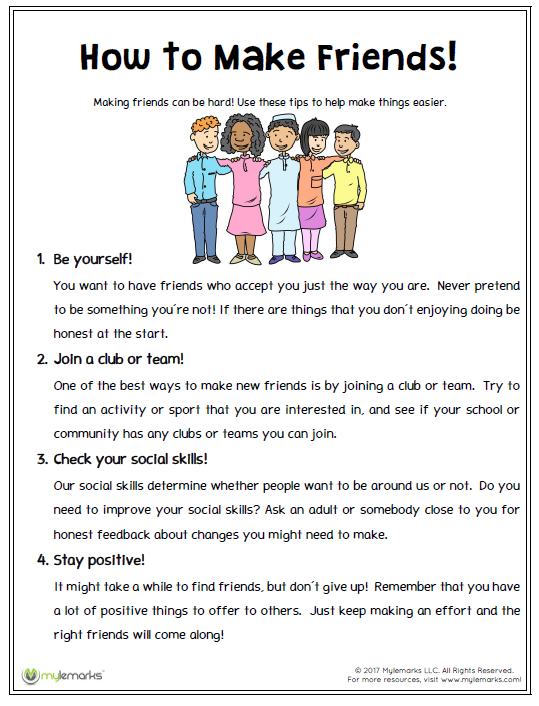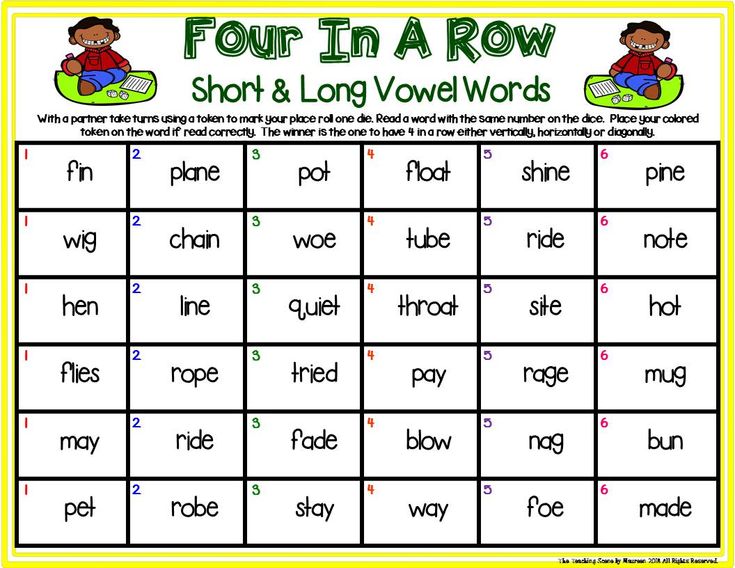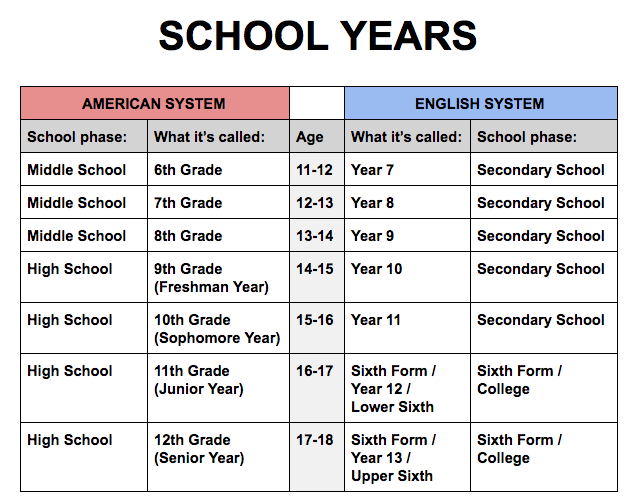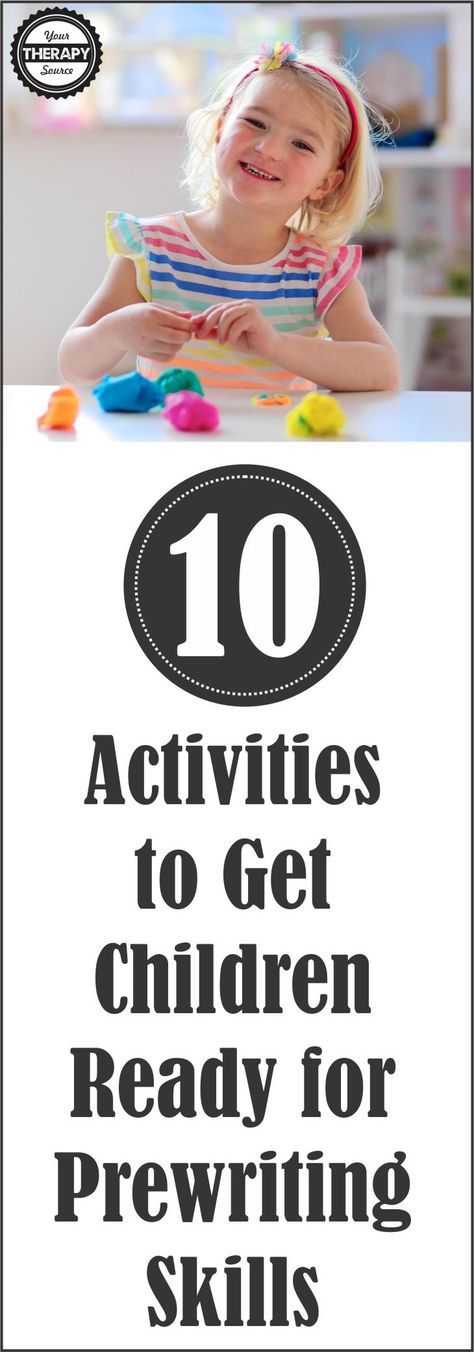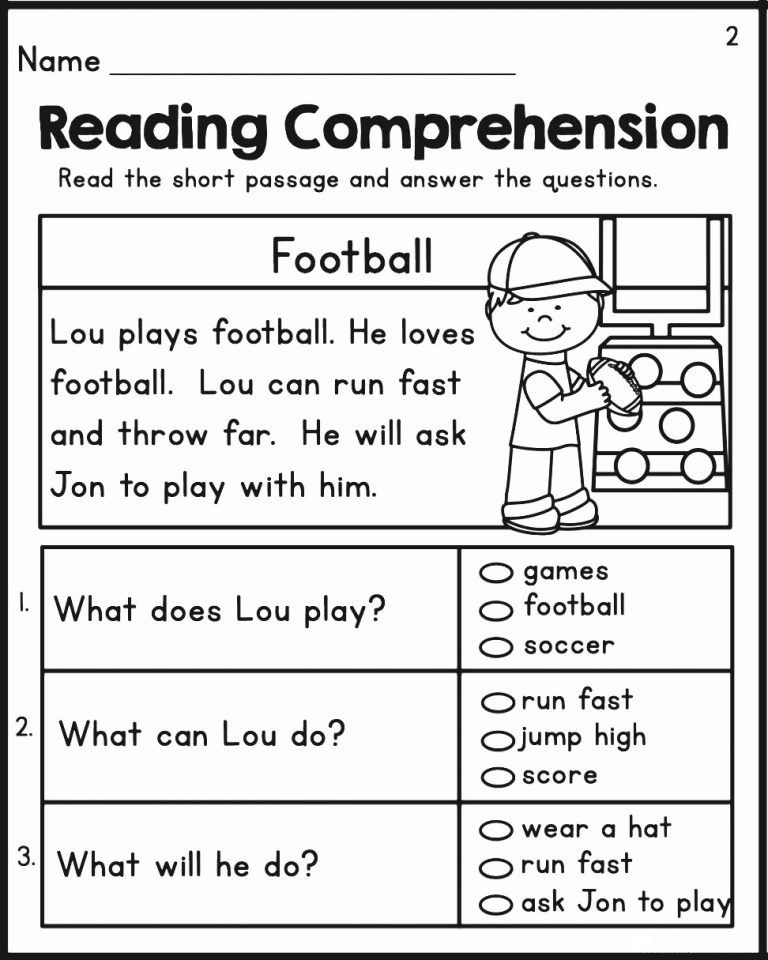What are the reading levels of books
How to Determine the Reading Level of a Book
This content contains affiliate links. When you buy through these links, we may earn an affiliate commission.
Fountas and Pinnell, Lexile Level, Primer, Pre-primer, Beginning Reader are all terms you may have heard if you have a young reader in your house. Seriously, what does it all mean? Is there actually a way how to determine the reading level of a book? If your child can read The Cat in Hat, which is a level J in Guided Reading, can she independently tackle Diary of a Worm, which has a Lexile Level of 510L or is she ready for Keena Ford and the Second Grade Mix-Up, even though that one has a DRA of 30?
Through this post, I am going to attempt to elucidate and explain reading levels. So scroll through to find the system that your child’s teacher uses or pour yourself a large cup of coffee and sift through all of the various ways educators, librarians, and book publishers level and categorize books for young readers.
Reading Levels Are Like Starbucks Sizes
I admit, I don’t visit Starbucks unless I have a gift card. I am also that person who goes to Starbucks and still tries to order a large iced tea. The barista calmly asks if I would like a venti or a trenta and then explains that I need to choose between Passion Tango, Matcha Green, or Guava White Tea. Then comes the question of sweetened, unsweetened, or added lemonade.
For the young reader, finding a book that can be read independently can be as tricky as remembering all of the variables in a Starbucks order. Little readers who are not familiar with reading levels or taught to find a “good fit book” often go for books that are too easy and boring, too difficult and frustrating, or, like my kindergarten son, books that have too many unreadable Star Wars planet names like Kashyyyk. If a child knows her reading level, she can find books that contain sight words she knows, plot lines that are not too advanced, and vocabulary that is manageable.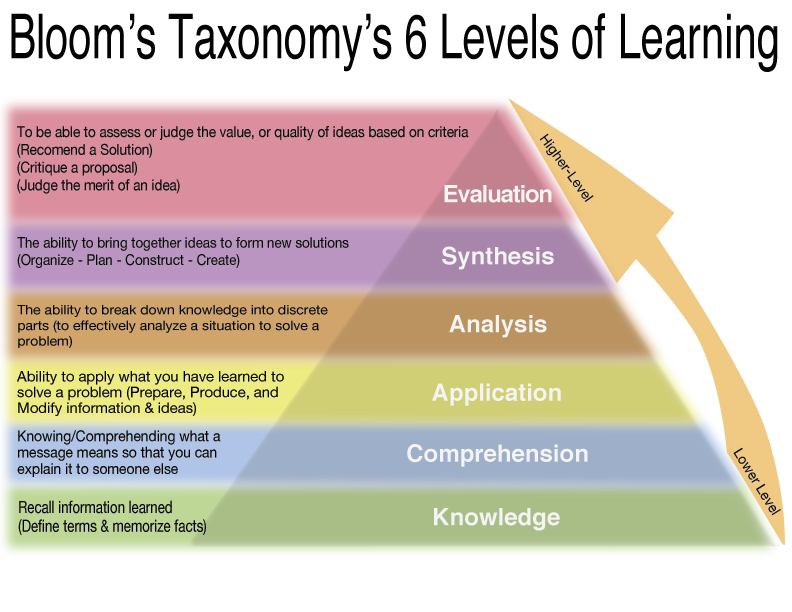
Explain the Levels, Please
There are many different ways that books are leveled. Here are the three most popular methods for how to determine the reading level of a book.
Developmental
Children become readers by moving through different developmental reading stages. These stages range from the emergent pre-reader to the expert fluent reader. Typically, the emergent pre-reader is between six months and six years of age, while the expert fluent reader is 16 years and older. The developmental categories are broader categories than many of the other leveling systems.
Letter Levels
When I taught first and second grade, I found letter levels to be the most kid friendly way to organize a classroom library. If your child’s school levels books using Fountas and Pinnell, Reading A-Z, Scholastic Books, or Guided Reading Levels, then books will be leveled using a letter system. While it would be nice, these leveling systems do not always correlate. A book that is a Reading A-Z Level P, is not always a Level P using the Guided Reading Levels.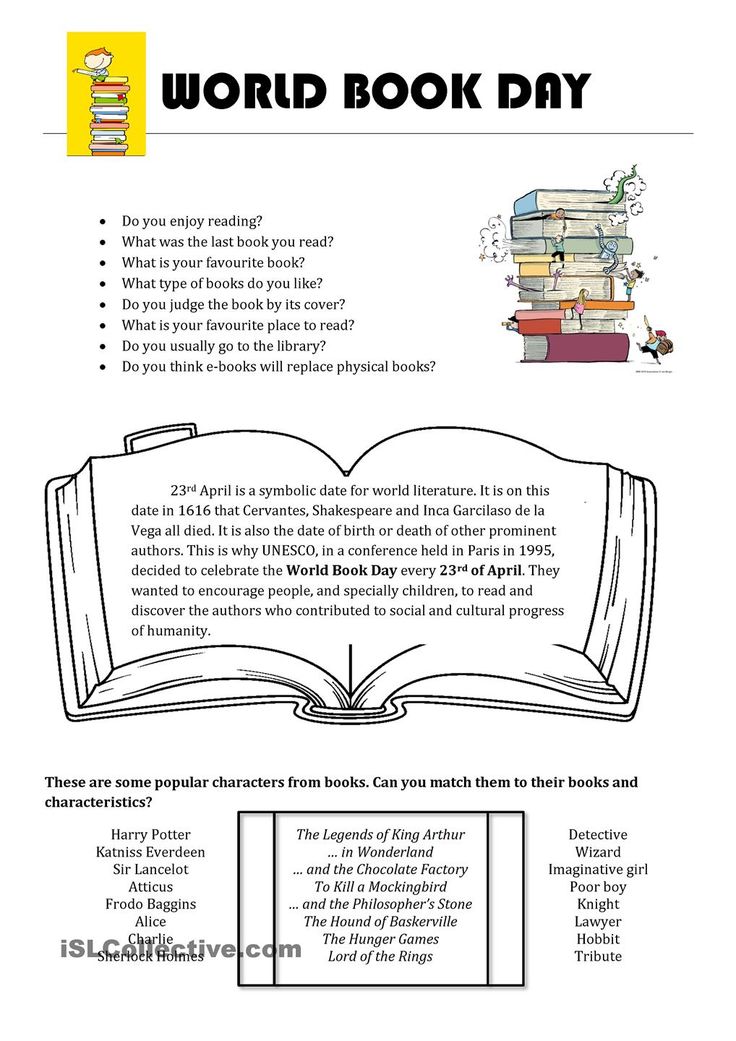
Number Levels
Books can be leveled through such systems as Lexile Numbers, The Direct Reading Assessment (DRA), and Reading Recovery. These systems measure texts by complexity and a reader’s skill level and then assign a number.
I Have My Child’s Reading Level, Now What?
Throughout the school year, your child’s teacher will probably perform reading inventories or assessments with your child. These will determine your child’s reading level.
If you homeschool or your child’s school does not use leveled reading, then use a simple test called the “five finger test” to roughly determine your child’s reading level. Have your child choose a book and open to the second page. Ask your little one to read the text out loud. If your child struggles with independently reading five or more words on that page, the book is too difficult and is not a good fit. You should also ask some comprehension questions to make sure that your young reader understands what she is reading. When a book passes the five finger test, use one of the links below to determine that book’s reading level.
When a book passes the five finger test, use one of the links below to determine that book’s reading level.
Once you have the reading level, take a look at these five helpful websites, apps, and charts that will help you and your child find or level the perfect book:
- Book Wizard : Type in the title of a book to retrieve the Guided Reading Level and grade level.
- Lexile Find-a-Book :Visit this site to find the Lexile Number for a specific book or to generate a list of books with a particular Lexile Number.
- Reading A-Z Level Correlation Chart : This is the best conversion chart out there for reading levels.
- Reading Levels Explained : Check out this very clean and user friendly site if you are still feeling overwhelmed by all of the reading level systems.
- Literacy Leveler app : Download this app and then use it to scan a book’s ISBN to see its Lexile, DRA, and GRL.
Levels Should be Helpful, Not Stressful
Reading levels should not feel restrictive. They should be used as helpful tools and not as a draconian system that kills the love of reading. Encourage your child to read books on her level, but don’t be upset if she chooses to reread an old favorite or picks up a nonfiction book that has some advanced vocabulary. Imagine how horrible it would be if adults had to always adhere to a reading level. I am well aware of the fact that some of my beach reads are probably a fourth grade reading level, with a Guided Reading Level of Q, 820L, and DRA of 40. I may not always be challenged as a reader, but it is still fun to sip my trenta Passion Tango unsweetened iced tea and enjoy a book simply for the fun of reading.
They should be used as helpful tools and not as a draconian system that kills the love of reading. Encourage your child to read books on her level, but don’t be upset if she chooses to reread an old favorite or picks up a nonfiction book that has some advanced vocabulary. Imagine how horrible it would be if adults had to always adhere to a reading level. I am well aware of the fact that some of my beach reads are probably a fourth grade reading level, with a Guided Reading Level of Q, 820L, and DRA of 40. I may not always be challenged as a reader, but it is still fun to sip my trenta Passion Tango unsweetened iced tea and enjoy a book simply for the fun of reading.
Need some books to practice leveling? Help yourself to 50 Must-Read Books for Beginning Readers, 20 Must-Read Books for First Graders and Second Graders, The Best Chapter Books for Kids: Engaging with Words, and 70 Must-Read Books for 3rd Graders.
How To Determine Your Child’s Reading Level And Choose The Best Books
When you sit down to read a book, you want to enjoy the story in front of you.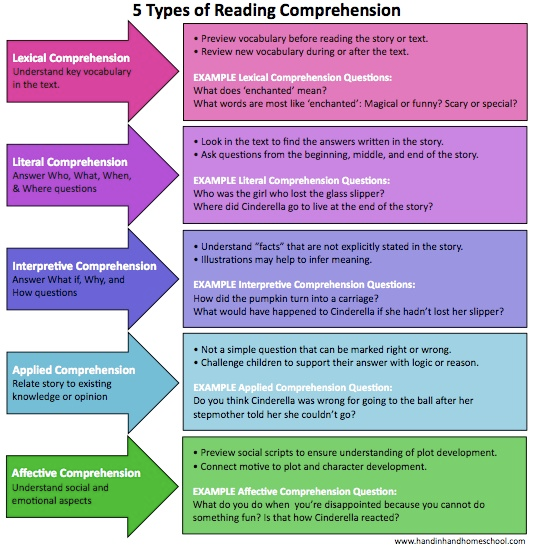 The same is true for your child. That’s why uncovering your child’s reading level is an important step in fostering their love of words from a young age!
The same is true for your child. That’s why uncovering your child’s reading level is an important step in fostering their love of words from a young age!
Consider the different factors that allow kids to enjoy the books they read. For example, does it tie into their interests, and is it slated as an appropriate option for their level? By answering these questions, you can make sure they’re reading books that are just right for them!
If your child is in school, you’re probably no stranger to jargon like “reading level.” But what exactly does Lexile Framework, Guided Reading Levels (GRL), or Developmental Reading Assessment (DRA) actually mean?
Additionally, if your child is just starting to read on their own (or already reading independently) and is learning from home, how can you figure out what reading level is right for them? If any of these thoughts have crossed your mind, you’ve come to the right place.
We’re here to answer your questions so you and your child can sit down and enjoy a good book together!
What Is A Reading Level?
A reading level is simply a measure of your child’s ability to read text.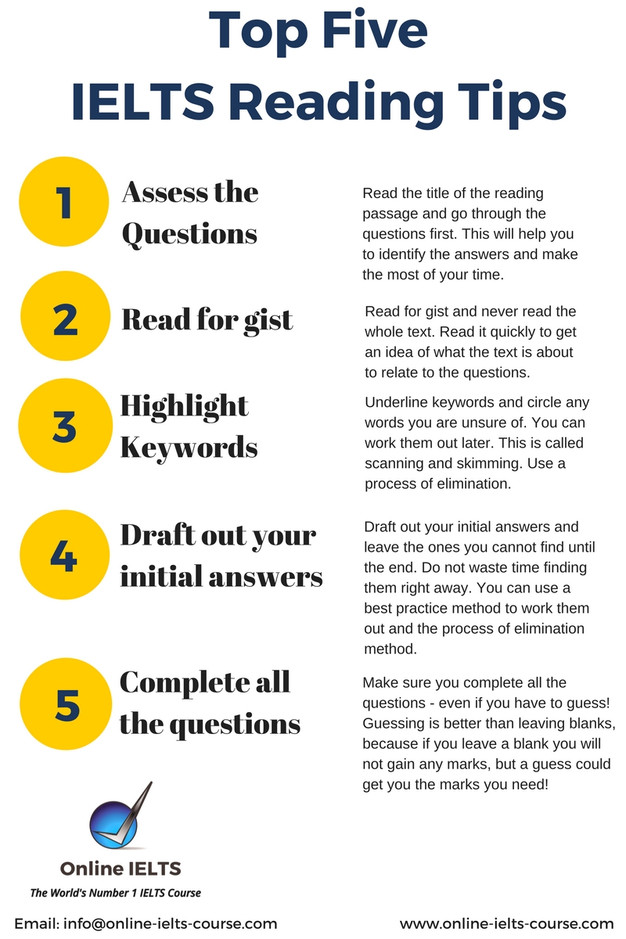 It reflects how well your little one can read independently. Importantly, reading levels help you choose books that are a good match for your child while still presenting a challenge.
It reflects how well your little one can read independently. Importantly, reading levels help you choose books that are a good match for your child while still presenting a challenge.
Keep in mind these levels are meant to be helpful, not stressful. They don’t limit your child, but, rather, help them blossom into a fluent, excited reader.
When your child reads books that are appropriate for their current reading level, it boosts their confidence so they can truly enjoy reading! Also, knowing what level your child is at allows you to work with them to improve their skills.
That being said, it’s important to remember that children are unique and develop differently. Comparing your child to their peers isn’t necessarily the best approach when trying to assess their reading ability.
Why Is Determining Reading Level Important?
It’s helpful to determine your child’s reading level so you can find books that are appropriate for them to read on their own: not too difficult but challenging enough to encourage growth.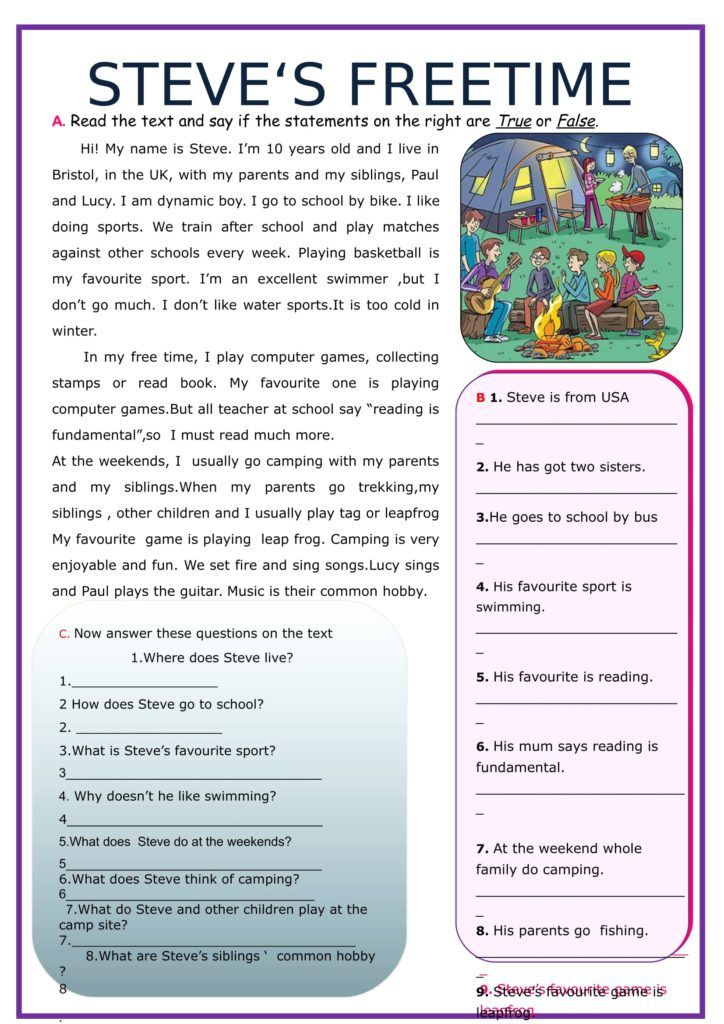
Reading level classification is a convenient tool you can use when searching online or at the library. And when you provide books that are on your child’s level, you create excitement and build their confidence, which can lead to a lifetime love of learning and reading!
If you’re looking for ways to help your little one read at the best level for them, Our new app HOMER Learn & Grow has a Stories section that gives age-appropriate story recommendations!
This is a great resource that takes your child’s specific interests and recommends stories just for them. What’s more, your child can choose to read along or read on their own.
How Is Your Child’s Reading Level Measured?
Your child’s reading level is usually measured at their school in first or second grade, and we’ll show you how that’s done. Here’s a tip: since your child’s teacher knows their reading level, consider asking the teacher (or the school librarian) for books your child can read at home.
Don’t worry if your child isn’t in school yet or if they’re homeschooled. We’ll show you how you can measure their reading level at home, too!
Before we dive in, it’s important to note that we think of books for kids at three levels: independent reading, instructional reading, and frustrating to read.
As the names indicate, independent reading books are ones a child can read with ease and without support from an adult.
Instructional ones are the books just above independent that teachers might use to stretch a child’s reading as they offer support while the child makes that next step. Finally, frustrating books are too hard for a child to read even with adult guidance.
Now that you have an idea of how to think of the different books your child might encounter, let’s talk about the tools used for determining or describing reading levels.
Lexile Framework For Reading
Lexile Framework For Reading is an educational tool that ranks books by order of their difficulty using a scale called a Lexile.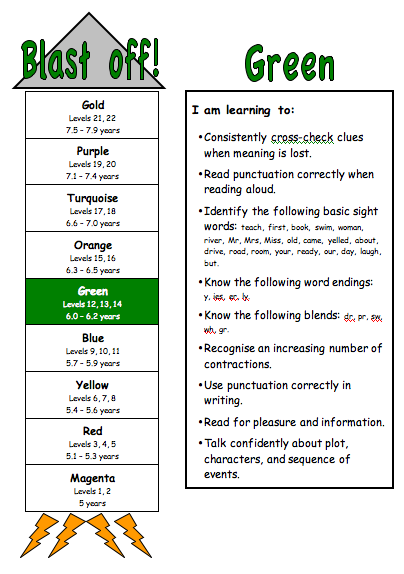 Usually, your child’s teacher will determine their Lexile reading level and then choose books that have a matching score.
Usually, your child’s teacher will determine their Lexile reading level and then choose books that have a matching score.
The Lexile score, or measure, describes your child’s reading ability and matches them with books and other reading materials. This measure ranges anywhere from 0L to 2000L.
Kids are encouraged to read within their Lexile “range” — 50L above to 100L below their actual level. For instance, if your little one is reading with a Lexile measure of 500L, they would read books ranging anywhere from 400L to 550L.
Using standardized assessments, schools will often measure a child’s reading level several times a year to help them select books that are appropriate for independent reading.
Guided Reading Levels (GRL)
GRL is a guided reading system used in some schools.
To determine reading levels using GRL, children sit one-on-one with their teacher and read from a book that’s considered standard for their grade level — a “benchmark” book. GRL books range from A to Z with A being the easiest.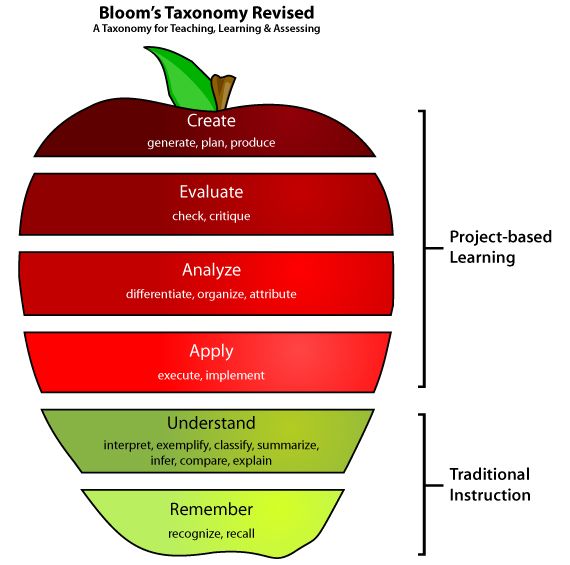
While reading these books, the teacher will take notes on any missed words and ask comprehension questions, such as, “When did the story take place?” or, “What was the problem in the story?”.
Through guided instruction, the teacher will gradually move children into more difficult books.
Developmental Reading Assessment (DRA)
DRA is a standardized reading test given by teachers or reading specialists. As with GRL, children sit individually with the test administrator and read a book.
Several factors are taken into consideration to determine reading level, including:
- Reading comprehension
- Phonemic awareness
- Fluency
DRA books are labeled with an A for the easiest books and then move into a numerical grading system. The levels range from 1 to 80 with 1-3 representing a kindergarten reading level and 80 representing an eighth-grade reading level.
Once a child has a DRA or a GRL level, a teacher or parent can search for the reading level of any particular book and can usually discover either the Lexile, DRA, or GRL of that particular text.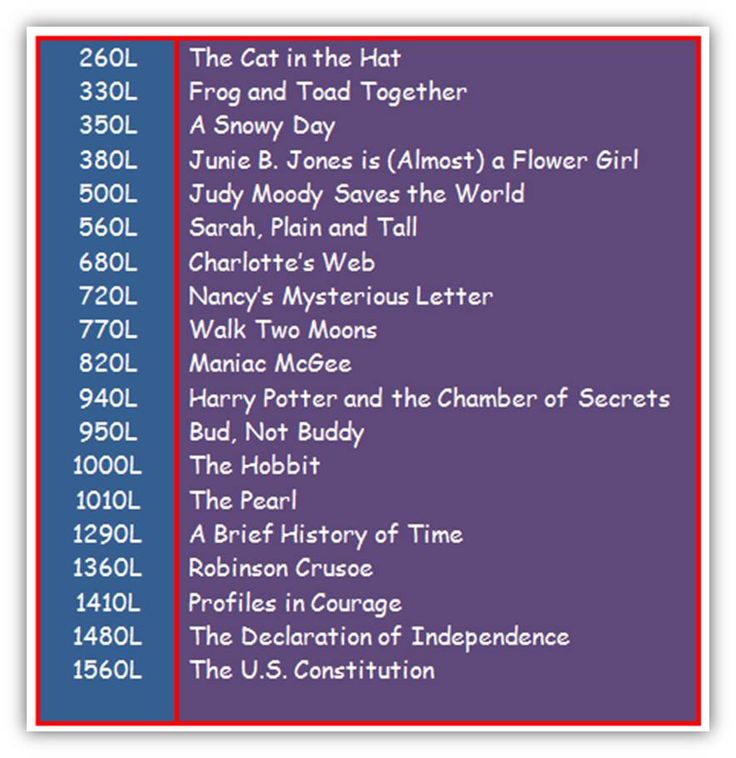 Here’s a chart for your reference.
Here’s a chart for your reference.
At-Home Reading Levels
If you’re looking for a way to find out your child’s reading level without using any of the methods listed above, you might try the five-finger rule.
For the five-finger rule, choose a book and flip to any page. If your child seems to have trouble reading more than five words on the page, it’s a good indicator that the book is too advanced for them.
To be sure, though, you can have your child try another page, especially if they seem eager to read a particular book.
This can be a helpful strategy, but it’s OK to let your child try a book and see how the reading goes. If a book is too hard, most kids will figure that out — and there is nothing wrong with reading books that are too easy!
Sometimes a child may be interested in a book that’s a little too hard for them. If this happens, we encourage you to read aloud to your child. You can also read together by alternating pages, paragraphs, or sentences.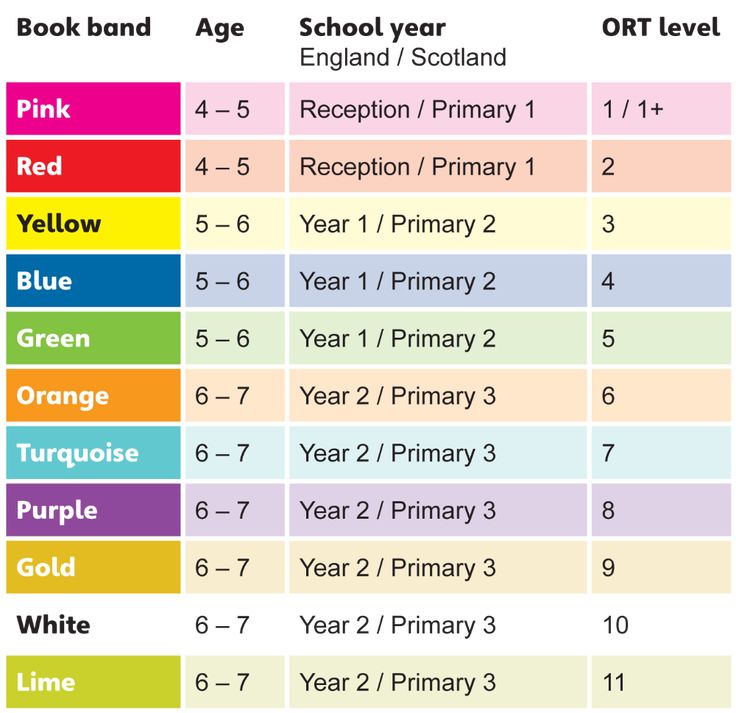
It’s important not to completely avoid books that may be a little above your child’s reading level.
Even if your child struggles a bit to read them without assistance, these books can still be beneficial in helping build their vocabulary, improve comprehension, and increase general knowledge — not to mention, encourage their love of reading!
When your emerging reader seems overwhelmed by one book, you can always give the five-finger rule a try with other books until you find the right match. And if your child is particularly interested in a topic, you can always read the book to them and stop on words you know they can read.
Also remember that when a child is really enjoying a book and highly motivated to read it, they will read at a higher level than if the material is not as interesting to them.
Tip: Most libraries and bookstores have books arranged by reading level so you can easily choose the best one for your emerging reader!
Feel free to ask librarians and knowledgeable staff at bookstores to offer suggestions.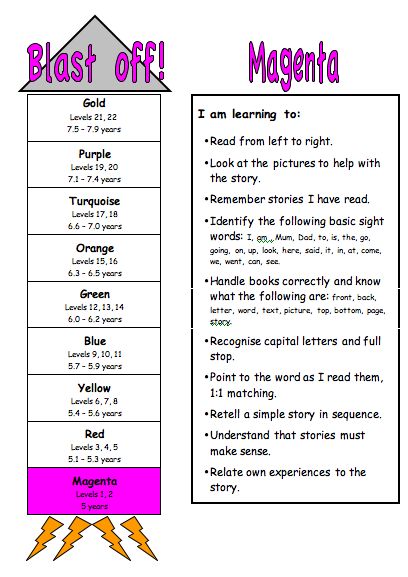 You could even say something like, “My child happily read a Clifford book; can you suggest others at the same level?”
You could even say something like, “My child happily read a Clifford book; can you suggest others at the same level?”
How To Help Your Child Become A Stronger Reader
As we mentioned earlier, you can easily determine your child’s reading level at home so that you can help them choose books that are just right! We suggest incorporating some of the tips below to help your child become a stronger reader.
Start With Clues
- Is your child using “sounding out” techniques to figure out unknown words?
- When your child reads, are they getting tripped up by sight words — common words that are hard to sound out?
- Is your child using pictures to help them understand what is written on the page?
- Is your child using context clues to figure out what word makes sense to come next as they read sentences?
Check Vocabulary
- Play games with your child to see what words they know. For example, say a sentence and point out one word in the sentence.
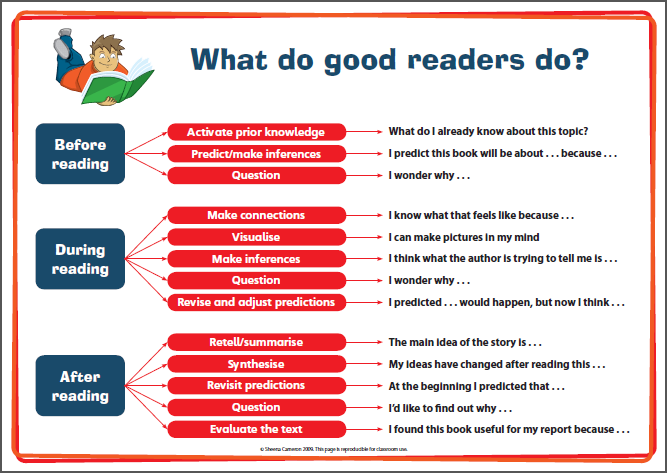 Then ask them if they can come up with a different word (synonym).
Then ask them if they can come up with a different word (synonym). - Play synonym games to see what words your child knows. For example, challenge yourselves to think of 10 or more ways to describe speaking (shout, whisper, mumble).
While you’re talking with your child, describe something specific from your day. Make sure to use interesting adjectives, and don’t hold back from using sophisticated vocabulary when talking with your child.
You can help your child’s vocabulary grow through day-to-day conversations and activities!
Ask Comprehension Questions
Understanding what they read is an important part of your child’s reading journey.
- To check for reading comprehension, we suggest pausing every other page to talk about what you’ve just read. Make this a natural reaction to the story, like you’re thinking aloud about the story or characters, so that it doesn’t feel like a test.
- Consider encouraging your child to act out and retell the story (for younger children).
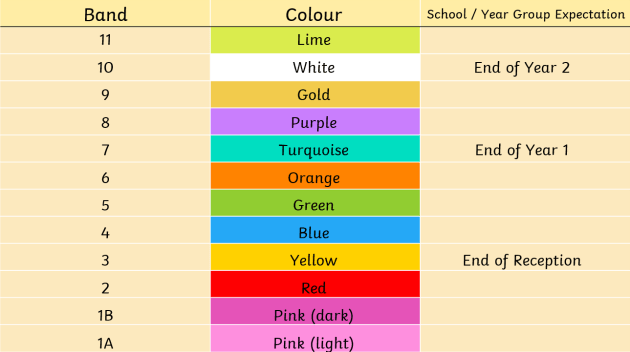
- Try discussing themes/lessons with your child (for older children). Remember: this isn’t a test, but a conversation between book lovers!
Talk To Your Child
When most people implement strategies to help their children improve their reading skills, they often forget about the importance of verbal communication. It’s essential to talk to your child frequently in short and simple sentences.
This includes singing songs, telling them wonderful stories, reciting fun nursery rhymes, and describing the world around them. All of this exposes children to lots of different words. It also helps them learn that language is a powerful tool for communication.
Discover Your Child’s Favorite Books
- Children often choose books that are a little below their actual reading level. At home, this is a good thing. It keeps reading fun and exciting!
- We recommend choosing books that interest your child — with a certain character or activity they like — so they’re curious and excited about reading.
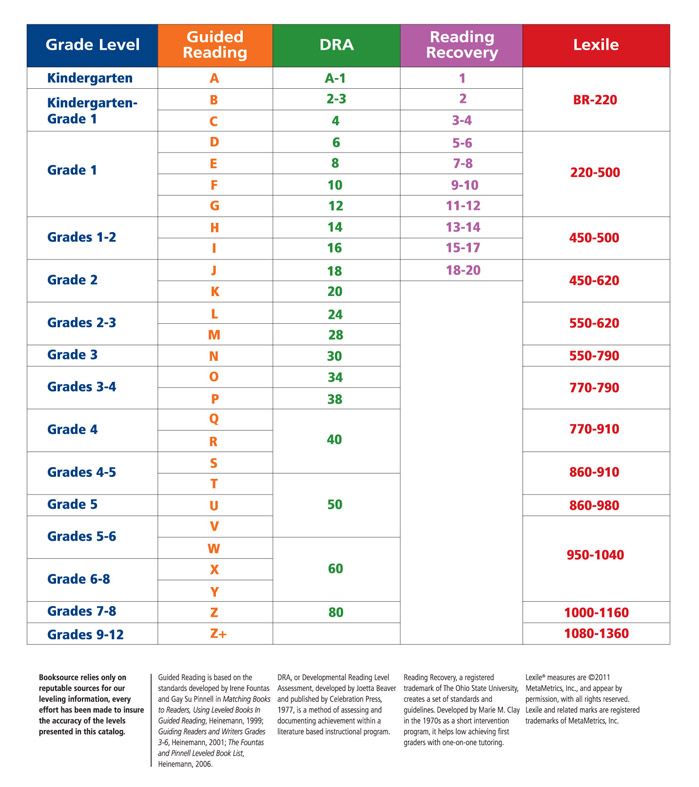
Reading books your child enjoys together can encourage their love of reading. And letting them read those same books to you can boost their confidence over time.
Together, these two activities increase your child’s fluency and reading enjoyment!
Create A Reading Corner
Establishing a reading corner in your house can benefit your child. The setup doesn’t need to be elaborate. This can be a simple, quiet, private area where your child can confidently read independently or with you.
It’s also great for the spot to be well-lit and filled with lots of books your child enjoys reading.
Is Reading The Same Book Over And Over OK?
Just like you might pick up an old favorite book to read, your child may do the same, and that’s OK! At least you know they’re enjoying a good book and the process of reading!
Rereading books can have many benefits for a child, including:
It allows children to get more from the text. Have you ever developed a deeper understanding of a story after rereading it? That’s because the more you engage with a story, the more you can take away from it.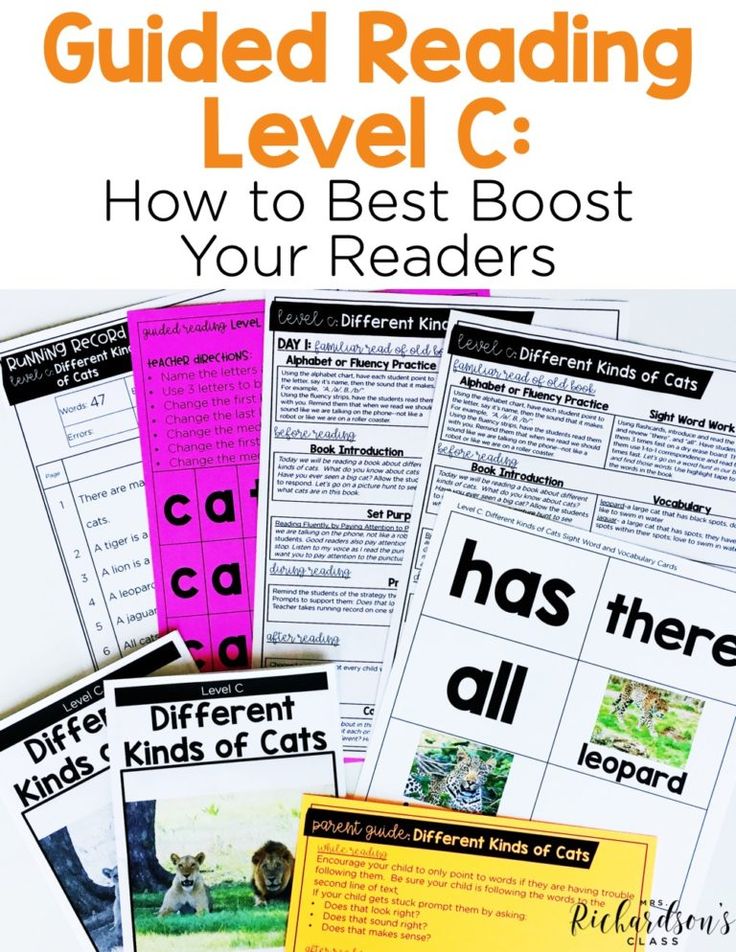
You can pick up on new information, establish connections between yourself and some of the characters, and even improve your understanding of the overall story.
Similarly, allowing your child to read their favorite books for the second, third, fourth (or more) time will enable them to get more from the story.
It also allows for bonding. Did you know that rereading books can help bring your family closer together?
Many of us remember a couple of books that our family read together regularly. This can be a holiday book or a favorite story. Rereading is a great way to get the whole family involved, as everyone can take turns reading and connecting on the same story.
What’s more, reading familiar books can actually help develop a young reader’s fluency. It allows them to learn the words and helps them become familiar with narrative structure or storylines (i.e. beginning, middle, and end), which builds reading comprehension later on.
So feel free to let your child choose the same book over and over!
FAQs About Reading Levels
What Reading Level Should My Child Be In Each Grade?
It’s challenging to answer this question because each child is different and will naturally develop at their own pace.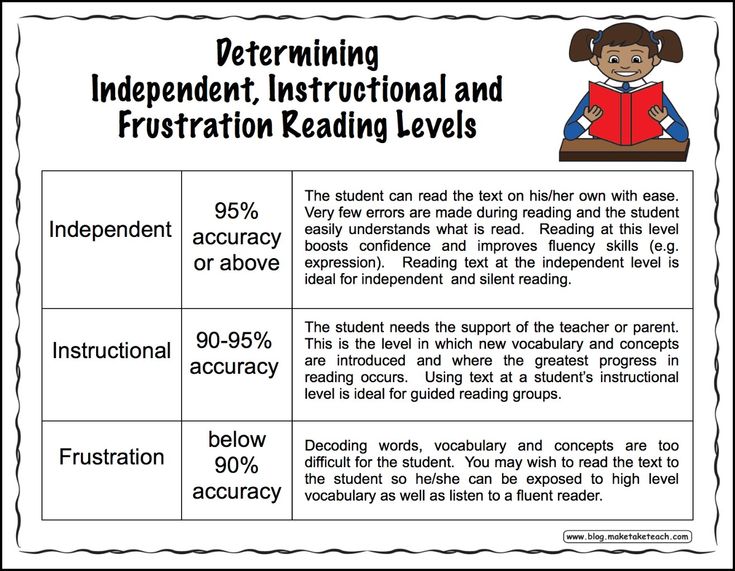 For example, just because your child’s friend has started reading fluently doesn’t mean your child will be able to do that yet.
For example, just because your child’s friend has started reading fluently doesn’t mean your child will be able to do that yet.
While no parent wants their own child to be a little behind compared to their peers, putting too much pressure on them to “catch up” might actually have an adverse effect. In fact, they might feel overwhelmed by the pressure and develop a negative attitude toward reading.
It’s also important to note that there’s no direct link between a certain Lexile measure and a specific grade level. When using any of the reading level measures we mentioned, remember that they are an estimate of a child’s performance and shouldn’t be interpreted literally.
Also, if you’re really concerned about your young learner’s development, you can always address those concerns with their teacher or another professional. They can offer tips and advice on how to best work with your child.
Finally, remember to be patient and positive no matter what. With lots of time and effort, your child will develop a lifetime love of reading!
Who Can Help Me Choose Books That Match My Child’s Reading Level?
The best place to start is to consult your child’s teacher. They will have the expertise to guide you in buying the right books for your child.
They will have the expertise to guide you in buying the right books for your child.
It’s also possible for you to look up most books online and find their reading levels. Furthermore, for beginner readers, there are publishers who label books in stages with age and/or grade suggestions attached.
If you’re homeschooling, you can also reach out to your local librarian or bookstores. As people who spend each day surrounded by books, they often have knowledge on this topic and may be able to recommend a few relevant books in your child’s reading level.
What If My Child Is Reading At A Lower Level?
The last thing a parent wants to hear is that their child’s reading level isn’t on par with their peers. But what can you do if, from the assessment used at your child’s school, you find out that your young learner is reading below the average grade level?
Firstly, it’s important not to panic. As mentioned earlier, kids develop reading skills at different stages of their development. Some children might be early readers, while others may take time to get there.
Some children might be early readers, while others may take time to get there.
The most effective way to help your child improve their reading level is by continuing to encourage reading at home. While reading, remember to discuss the content to ensure comprehension.
Reading For Fun
From assessments to the five-finger rule, determining reading levels varies across the board. No matter which method you choose, remember these measurements are meant to be helpful and encouraging, not stressful and limiting.
Keep this in mind when assessing your young learner. You don’t want your child to sense any stress about their abilities, as this might overwhelm them and have an adverse effect on how they view reading.
While reading is an essential early learning (and lifelong) skill, you want your child to LOVE reading and not only view it as a test of their intelligence.
At the end of the day, the way reading makes your child feel is more important than their reading level.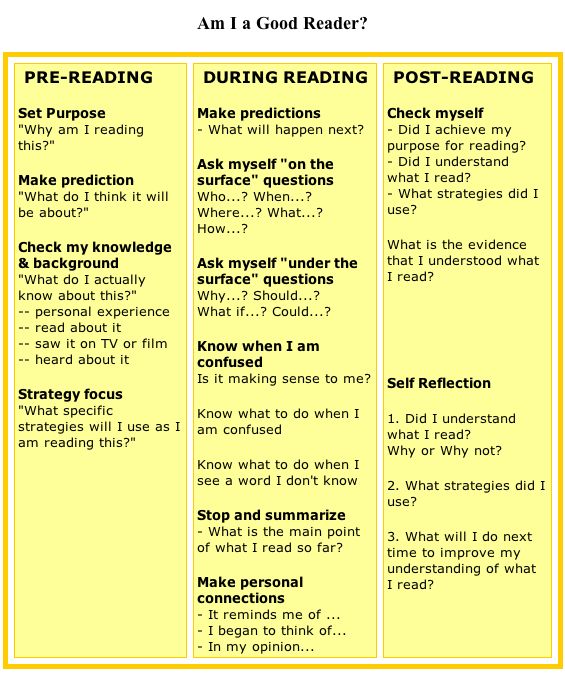 Each child learns in a way that’s special and unique to them.
Each child learns in a way that’s special and unique to them.
The HOMER Road To Reading
The road to discovering how to read can be a fun ride, but sometimes it’s bumpy. This is why we’re more than a learning program. We’re your learning partner.
If you’re looking for a resource to help develop your child’s love of reading and learning, consider taking a look at the HOMER Learn & Grow app. It’s full of stories curated based on your child’s interests!
When your child develops a love for reading, they’ll move up to the next level before you can say “Developmental Reading Assessment”!
Author
How to read and discuss books
Let's take a closer look at each way of reading.
1. Elementary Reading
This is the level of reading taught in elementary school, that is, putting letters into words.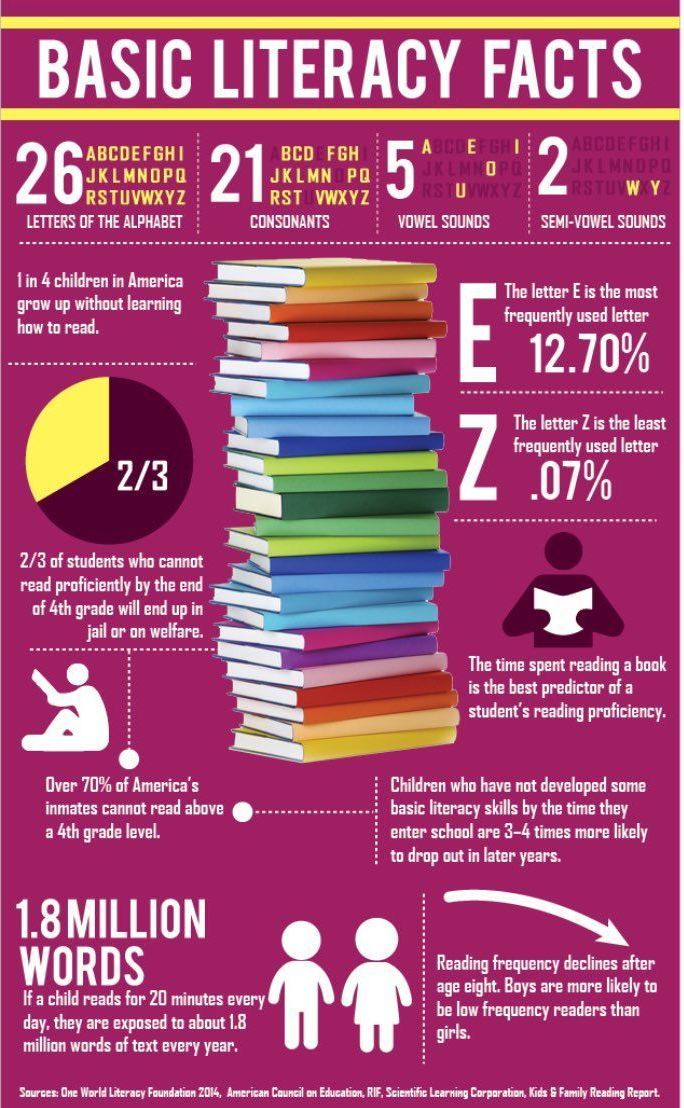 If you are reading this article, you have mastered this skill.
If you are reading this article, you have mastered this skill.
2. Inspection (introductory) reading
Inspection reading is suitable for working with large amounts of information. It includes a quick introduction to the contents of the book by reading the preface; studying the table of contents; front and back of the book cover. In the inspection method, a conclusion with the main conclusions is also visible. It is clear that this method is not suitable for reading fiction, but it will do for business and popular science. Also, with this method of reading, it is useful to study reviews of the book. Inspection reading also includes reading across the sheet, when you quickly familiarize yourself with the text without comprehending it. nine0003
3. Analytical reading
Analytical reading involves the intense involvement needed to understand what is said and meant in a book. In analytical reading, you not only get acquainted with the text, but also carry out preliminary work on the study of the author, genre, context of a literary work.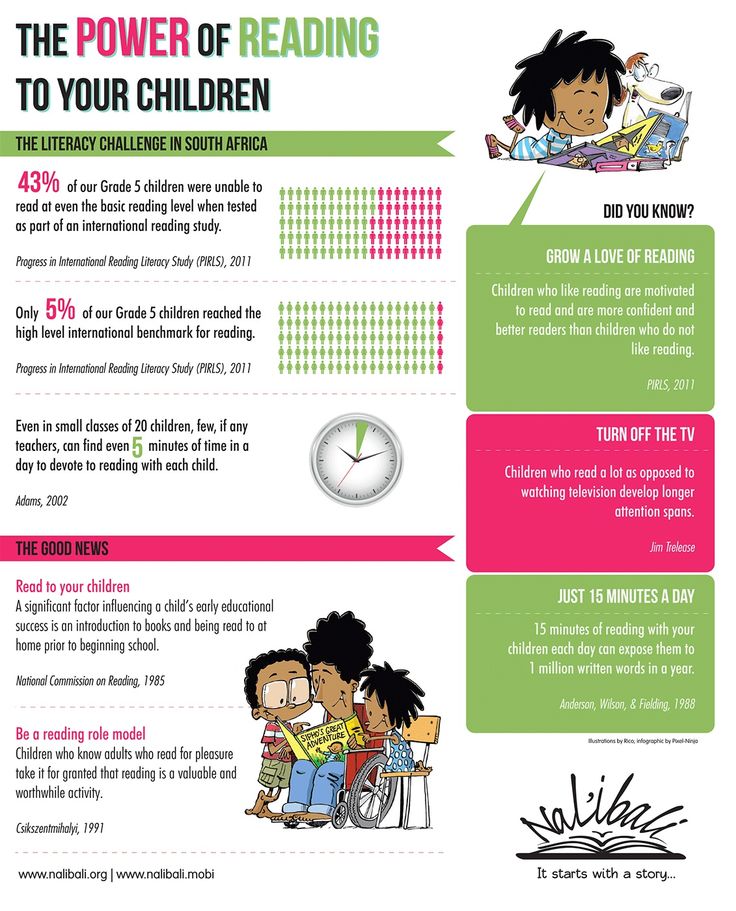 While reading, the reader should ask himself the following questions:
While reading, the reader should ask himself the following questions:
● What is the meaning of this paragraph?
● How does this information relate to what I already know? nine0025 ● What does the author say about ...?
When you ask yourself questions while reading, you constantly evaluate what has been said. When reading, take a longer pause after a difficult piece of text. Make sure you fully understand what the text says; break the text into smaller chunks; look for words you don't understand; summarize what you read and also discuss the text with someone. These steps will help you fully process and understand this piece before moving on. After reading, analyze the book, identifying its main ideas and value. nine0003
Analytical reading is instilled in literature lessons at school, when you first learn the biography of the author and the time in which he lived. Then read the text and discuss it with the teacher. This process ends with an essay on the topic. As an adult, it is not necessary to write an essay in order to analyze a book well.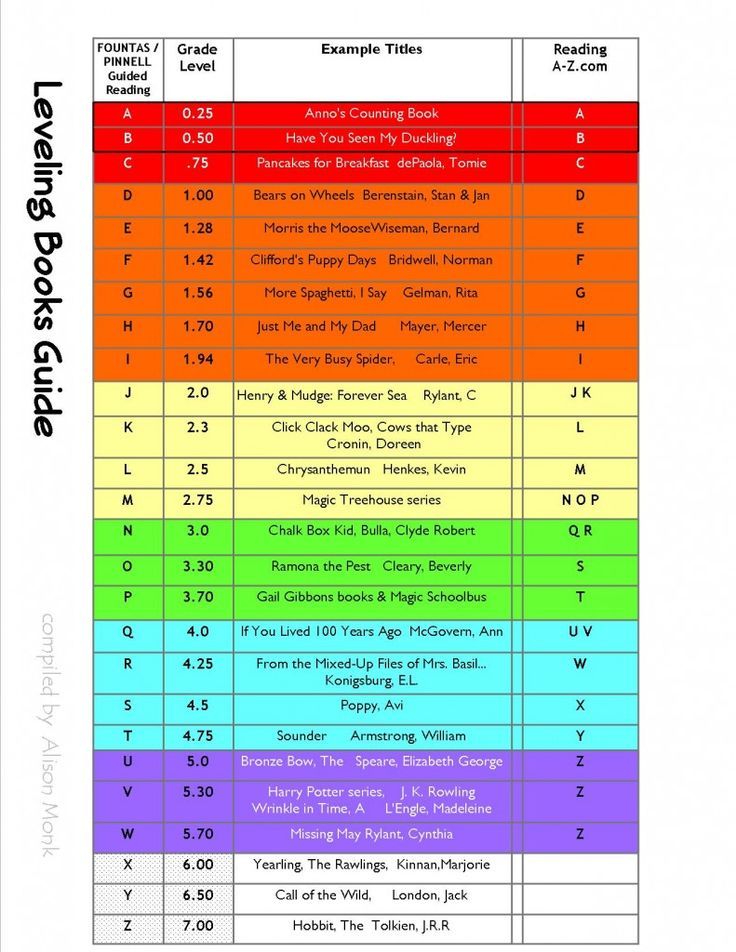 However, it is important to go through the preparatory and final stages at least minimally, having studied one or two links, in order to get a complete picture.
However, it is important to go through the preparatory and final stages at least minimally, having studied one or two links, in order to get a complete picture.
4. Research (syntopic) reading
The most difficult reading of all, most suitable for scientific activities in the field of comparative literature, but can also be used in everyday reading. In this case, reading books becomes a hobby. Syntopic reading involves reading many books on the same topic, and comparing and contrasting authors, their ideas, the vocabulary of the text, etc. The purpose of research reading is not to achieve a general understanding of any particular book, but is to study a certain aspect that is common to several books. This task is solved by comparing passages, translating terminology, formulating questions, defining the problem. Specifically, there are five basic steps to exploratory reading. nine0003
● Search for suitable passages. You need to find books that are relevant to the topic, and then select the passages from them that best suit your needs.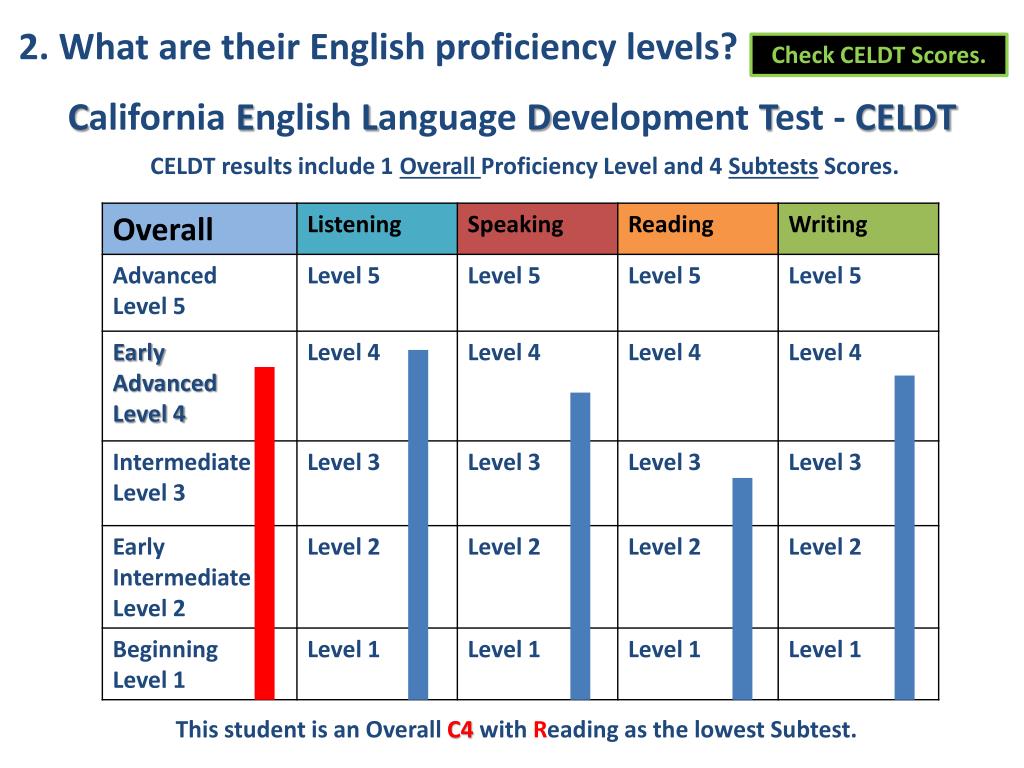 This is where inspection reading comes into play.
This is where inspection reading comes into play.
● Search for keywords. In analytical reading, you must identify key words or concepts and how they are used by the author. The process of finding similar concepts is quite difficult, as each author is likely to use different terms and concepts to formulate their arguments. nine0025 ● Clarification of questions. Instead of focusing on the problems the author is trying to solve, you need to focus on the questions you want answered: why does the author describe the character in this way, why does he use this particular era?
● Problem definition . If you have asked a clear question, to which the authors have answers, then the problem and the literary source have been identified correctly. Different authors may have completely opposite points of view on the problem. nine0025 ● Shaping an opinion. It is presumptuous to expect that in the analysis of the text there will be at least one indisputable truth. But from several opinions of the authors, you can form your own informed opinion.
But from several opinions of the authors, you can form your own informed opinion.
How to Discuss
Book discussions are a great way to spend time where book lovers can get together, analyze and have a lively discussion about plot twists, character flaws, and ending meanings. Here are some examples of questions to ask yourself and others after reading this book. nine0005
1. What was your initial reaction to the book? Did it hook you right away or did it take you a while to sink into it? These questions will give you a starting point for analyzing and discussing the book.
2. Do you think the story focused on plot or character? From here you can either delve into a discussion of the character's qualities and actions or plot twists that especially hooked you and other participants in the discussion.
3. What is your favorite quote or passage from a book? nine0006 One of the most interesting things about discussing books is finding out what parts of a story or what statements get other people's attention.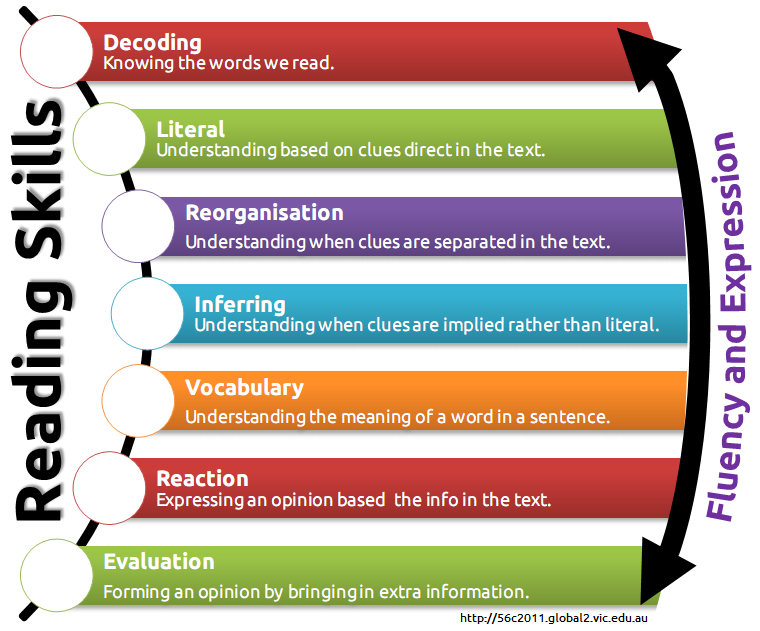 Ask each member of the discussion to read a favorite passage or quote aloud. This will not only give you the opportunity to refocus on important points in the book, but also interpret them in a whole new way.
Ask each member of the discussion to read a favorite passage or quote aloud. This will not only give you the opportunity to refocus on important points in the book, but also interpret them in a whole new way.
4. What made the place, time, and setting unique or important? Could the story take place somewhere else? nine0006 In many books, the setting and the era are a defining part of the story, sometimes acting as a separate character. Use this question to find out how the setting influenced events in the book's plot.
5. What topics of the book have become defining? What is the most important topic in the book? These questions are too similar to the elements of a literary essay, but nevertheless they are important and often lead to a good discussion.
How to participate in the discussion
1. Watch your speech. Try to avoid words like "terrible" or "idiotic" when discussing books. This will not help in the discussion, but will only lead to unnecessary conflict. Instead, talk about your experience, how you felt while reading the book.
This will not help in the discussion, but will only lead to unnecessary conflict. Instead, talk about your experience, how you felt while reading the book.
2. Don't be dismissive. If you disagree with someone else, don't call him or her an ignoramus. Just say, “I'm not sure I see this situation or the characters this way. That's what I think…". nine0003
3. Explain your point of view. Use specific passages from the book to support your opinion.
4. Read with a pencil. Take notes or mark passages that strike you or that you find significant, funny, or insightful, to be read later when discussing the book.
We hope that these tips and suggestions will help make the process of reading books even more fun.
How to read books in English correctly so that they are useful and enjoyable: a detailed guide / Sudo Null IT News
Reading is one of the top ways to improve your English and enjoy reading books in the original.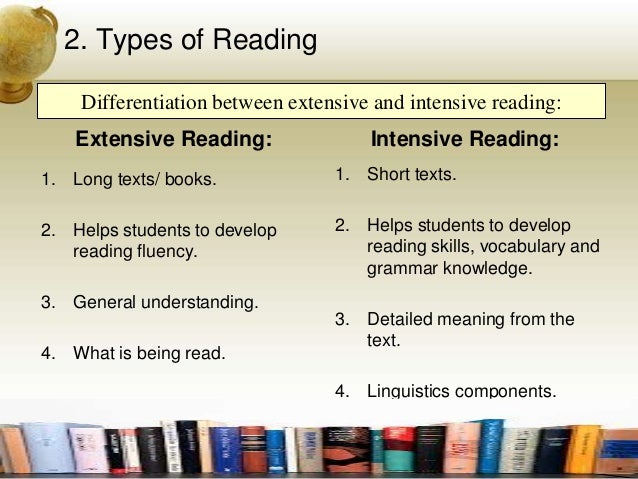
But the thing is that reading in one's native language and in the second one are different. In this article, we will give a detailed guide on how to read in English, so that it is fun and beneficial.
Step 1. Choosing a book
Here you need to consider a few basic nuances. The story itself is the foundation. And everything else you can do only if you feel like immersing yourself in the world that the writer is talking about. nine0003
1. You must like the style and the author
It seems to be simple and banal. You like fantasy - you choose fantasy. If you like to read detective stories or dystopias, feel free to take them.
The benefits of reading literature in English largely depend on pleasure. This is where psychophysiological mechanisms come into play. When you like something, the body's hormonal system releases dopamines and endorphins, which, in addition to feeling joy and good mood, also stimulate memory and cognitive abilities.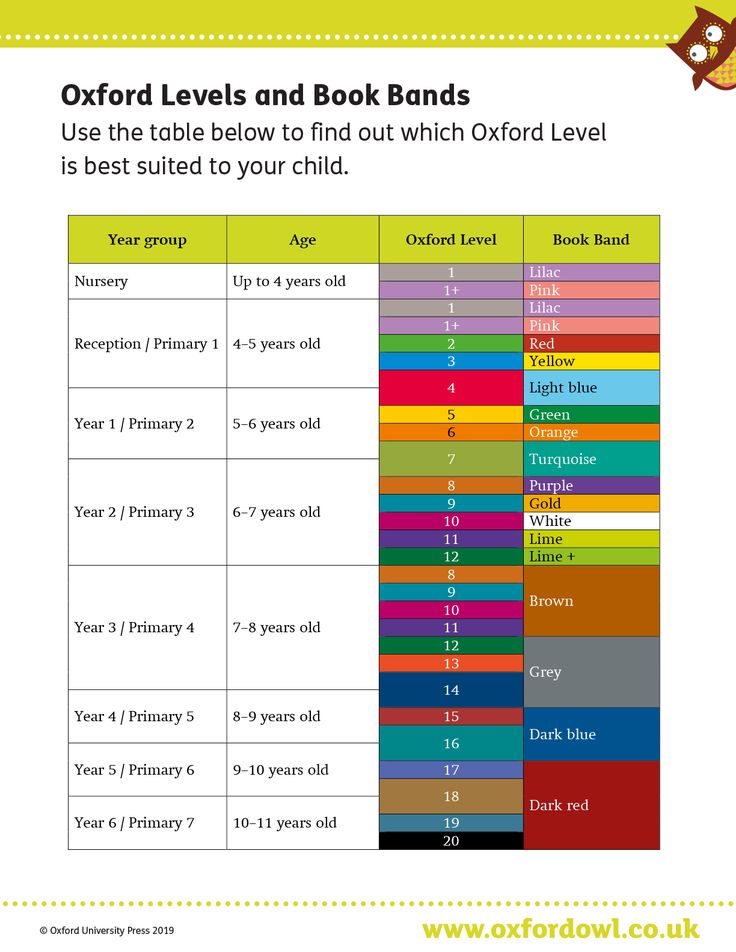 nine0003
nine0003
The more emotional involvement in the story, the better the language constructions and lexicon will be perceived. In the scientific publication Journal of Education in Black Sea Region in 2016, published the results of a study , which proved the influence of the perception of reading literature in a foreign language on the result of its study.
2. The complexity of the vocabulary of the book should correspond to your language level
There are already a huge number of collections of literature in English on the Internet according to the level of language proficiency. We also made a few of these. Here are times , here is two .
The mechanics are simple:
-
First, evaluate your current language level. In any appropriate way. For example, using in our test .
-
Choose a book by level and according to your preferences. It is clear that only fairy tales and stories for children are suitable for the Beginner level, but with Intermediate you can already pick up quite interesting books.
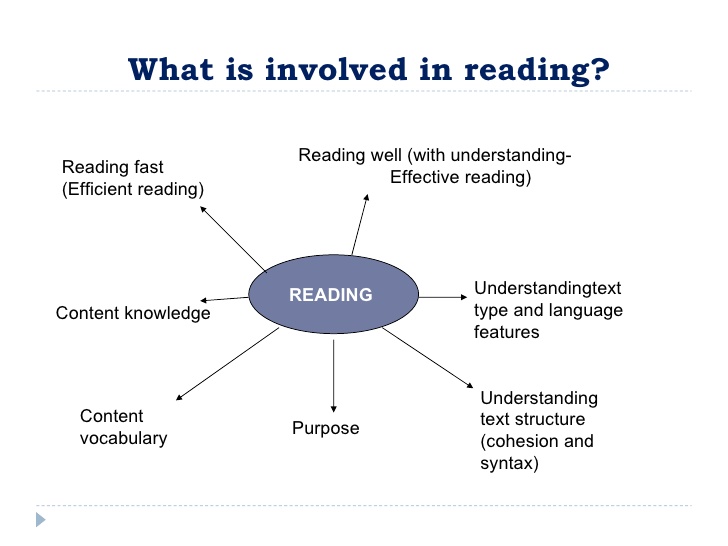
It only takes a few minutes to check if a book is right for you. Read one or two pages. nine0003
You should understand approximately 80-90% of all vocabulary. Let's explain why this is so.
If all the words are known, you will not be able to improve your vocabulary. And in the course of reading one book, a student can learn from 50 to 200 new words, which significantly develops the vocabulary even at high levels of language proficiency.
If there are more unknown words, you will not be able to fully understand the plot. An interesting story will turn into a textbook that is neither fun nor useful. nine0003
Even if you love Tolkien, you won't be able to read The Lord of the Rings in the original at an Intermediate level. Highly artistic turns and abundant use of rare words create a chic atmosphere, but do not contribute at all to understanding. But students with Advanced will enjoy the book.
3.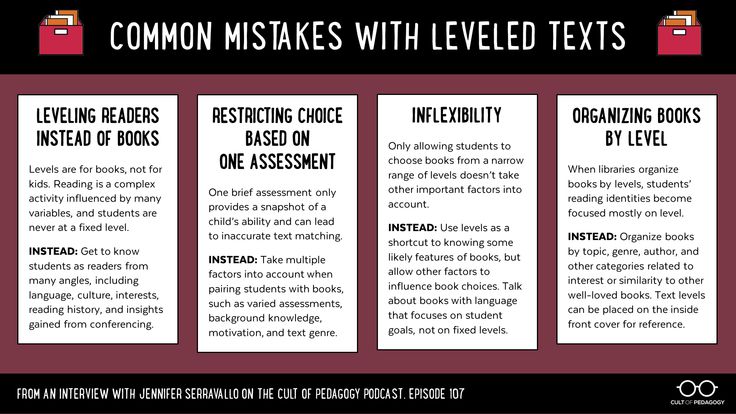 The size of the book should match your reading speed
The size of the book should match your reading speed
Even if your English is at the Advanced level, it doesn't mean that you can read it quickly. nine0003
More important. Reading speed is not only the number of words that you can skim through your eyes in a minute. It is also the percentage of understood information.
You can run through 1000 words per minute and understand absolutely nothing. And you can do it like this:
To check the real reading speed, take the test on any portal that you like. Our author passed here .
You need to read at such a speed as to provide the required 80-90% understanding of the text. It is perception that is primary, and the number of words read at the same time is secondary. nine0003
But it is the speed of reading that should be taken into account when choosing a book. If you read more than 300 words per minute, you can easily master any book - even if it's 1000 pages long.
But if your maximum is 50-100 words per minute, then you need to choose short stories or novels.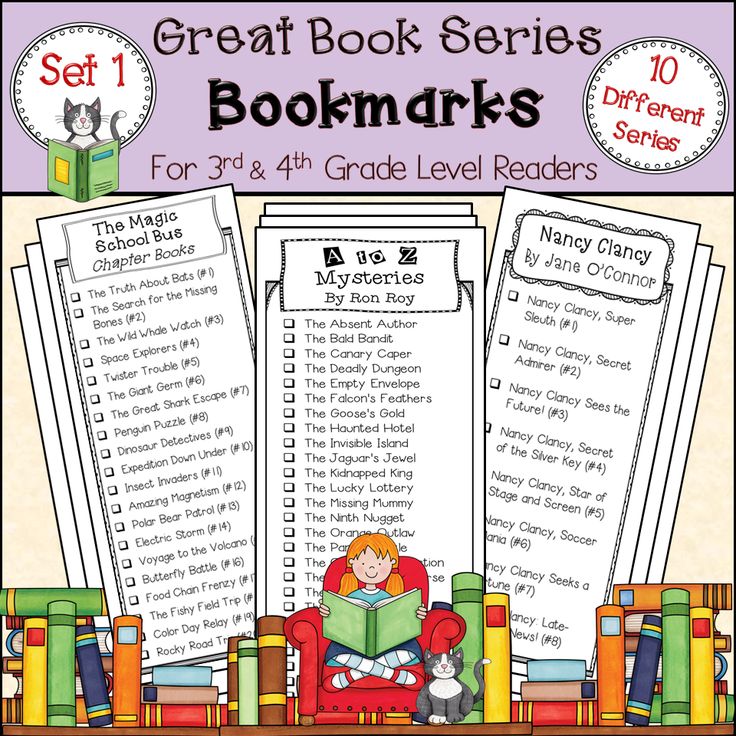
If you are afraid to take on large-format literature, you can start with small works at easystoriesinenglish .
They are specially designed for students who are learning English as a second language. And even if you read slowly, all the stories can be mastered in half an hour or an hour. What you need to get started. nine0003
Step 2. The process of reading
So, the book was chosen, but that's only half the battle. It is important not only to read that , but also to read as .
It is important to understand that you are reading a book for pleasure. And only then is it a tool for pumping the language. Not vice versa. This is not about grammar and word order, this is about the complex perception of the language.
But in order for reading to bring both pleasure and benefit, you need a few simple steps:
1. Underline or mark unfamiliar words or those whose meaning you are not sure.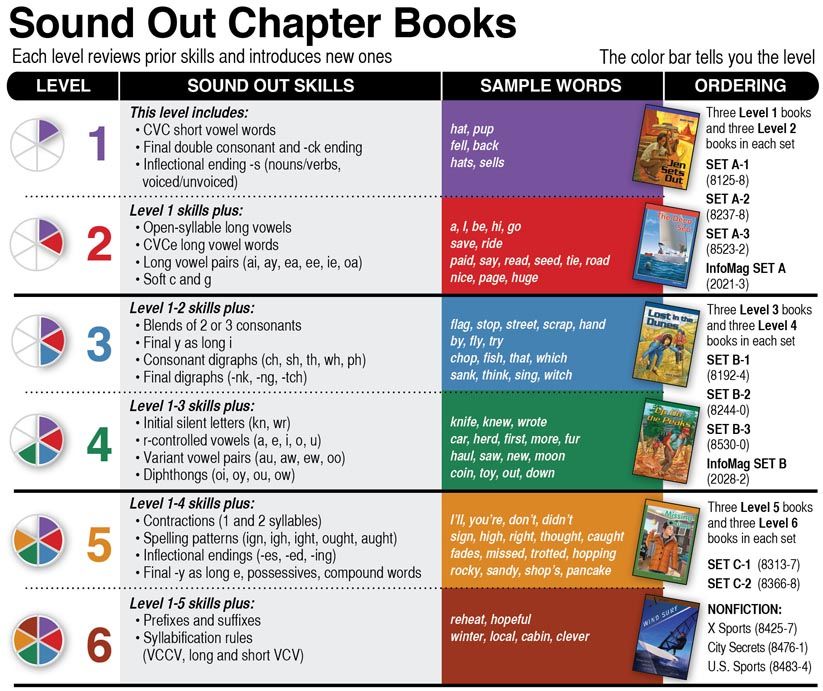 If you read in an e-mail, mark them with a color. The main thing is that the reader allows you to edit the book file or make notes from above. nine0003
If you read in an e-mail, mark them with a color. The main thing is that the reader allows you to edit the book file or make notes from above. nine0003
Tip . Before looking up unknown words in the dictionary, try to guess their meaning from the context. In most cases, this is not difficult to do. The only exceptions are highly specialized terms, slang and phrasal verbs - then you won’t be able to guess.
2. Send underlined words to a special program to study them. Without additional software, you can still replenish your vocabulary, but with a program on your smartphone it will be easier - you do not have to remember the meaning of the word every time and you can learn it in just six repetitions. nine0003
3. Pay conscious attention to phrases, metaphors, allegories - in general, to everything that makes up the style of the book. And then try to use them in your actual speech or texts. You may not know how to accurately translate a phrase into Russian, but you should clearly understand in which case it can be used in English.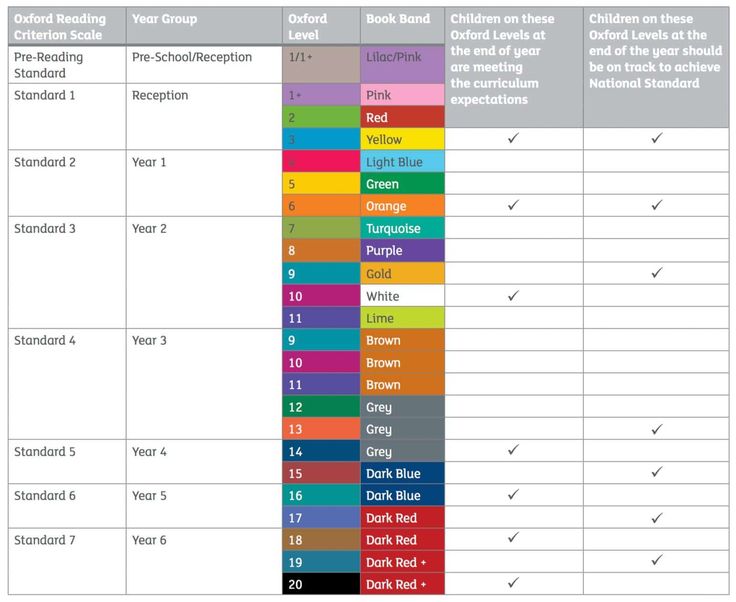
It also happens that you have read a sentence and understood absolutely nothing. This is fine.
Try to read it again. If the meaning also escapes after the second and third reading, it is better not to concentrate on it and skip it. If such misunderstandings happen once or several times throughout the book, then everything is in order, but if every page, then you need to moderate your ardor and try a simpler work. nine0003
Important! Refuse online translators. I would like to throw a complex sentence into some Google Translate, but you should not do this. Such instruments often distort the meaning of complex phrases.
To test this statement, let's take translations of the first paragraph from Tolkien's The Lord of the Rings.
Original:
When Mr. Bilbo Baggins of Bag End announced that he would shortly be celebrating his eleventy-first birthday with a party of special magnificence, there was much talk and excitement in Hobbiton.
nine0003
Google translate
When Mr. Bilbo Baggins of Bag End announced that he would soon be celebrating his eleventh birthday with a special lavish party, there was much talk and excitement in Hobbiton.
Per. Grigorieva and Grushetsky:
There was a stir in Hobbiton. Mr. Bilbo Sumniks, the owner of Bags, announced his intention to celebrate his one hundred and eleventh birthday and promised a very generous treat.
Per. Muraviev and Kistyakovsky
Then Bilbo Baggins, the owner of Bag-on-the-Cliff, announced that he wanted to celebrate his forthcoming 111th birthday with grandeur, and all Norgord roared and got excited.
***
Official translations deviate slightly from style and flaunt localizations of hero names and place names. But they are a choice of taste. But Google translates as literally as possible, but here it has a serious mistake. Eleventy-first is "one hundred and eleventh", not "eleventh".
And such jambs automatic translation allows a whole bunch. nine0003
Step 3. Fixing the effect
We figured out the process. There are a few more points left.
If you want to not only enjoy reading in the original, but also improve your English, then is the most important thing - the stability of .
It is better to read 15 minutes every day than 3 hours once a week. In order for reading in English to pump knowledge of the language, you need to read every day. It's not that hard to find 15-30 minutes a day: on the way to work, during your lunch break, after dinner instead of social networks and YouTube videos. nine0003
If you read for more than an hour, the brain starts to get tired out of habit. After all, it is difficult to perceive information in a foreign language in large quantities. Attention deteriorates, consciousness ceases to focus on words and phrases, the meaning of words is not immediately remembered. Instead of pleasure, it turns out violence against oneself. So stability is more important than intensity.
Instead of pleasure, it turns out violence against oneself. So stability is more important than intensity.
It often happens that a book seems good in Russian, but something is wrong in the original. This is normal, because translation is essentially localization in collaboration with a translator. Reverse situations also happen - the translation did not work, but the original cannon. Therefore, many people learn English in order to read texts in the author's language. nine0003
But there is one unique exception - Nabokov. The originals of many of his books are written in English, but at the same time he himself was engaged in their translations into Russian. The True Life of Sebastian Knight, Lolita, Pale Fire, Ada - feel free to read them if you want to feel the chic style and language of the writer. But it is not for beginners - you can comfortably read Nabokov at the Upper-Intermediate level.
Tip . If possible, choose your favorite books that you have already read in translation.
Then you will pay more attention to the language and style of the story. nine0003
Reread books after a few months. Firstly, it will help to open up new facets of history and language - you can re-read the classics dozens of times and find something that you missed during previous readings. Secondly, this way you can repeat all the vocabulary you have learned at once (remember - from 50 to 200 words). This is much more interesting than just driving the entire list for repetition in the application.
Interestingly, on first reading, there are few jokes and cultural references hidden in the text. But on the second or subsequent ones, they suddenly become clear. nine0003
Here is the personal experience of the author of the article. I first read Harry Potter in the original when I was a student. And then it seemed almost the same as in Russian. Recently re-read - and there was a lot of linguistic humor, which for the first time was not perceived at all.
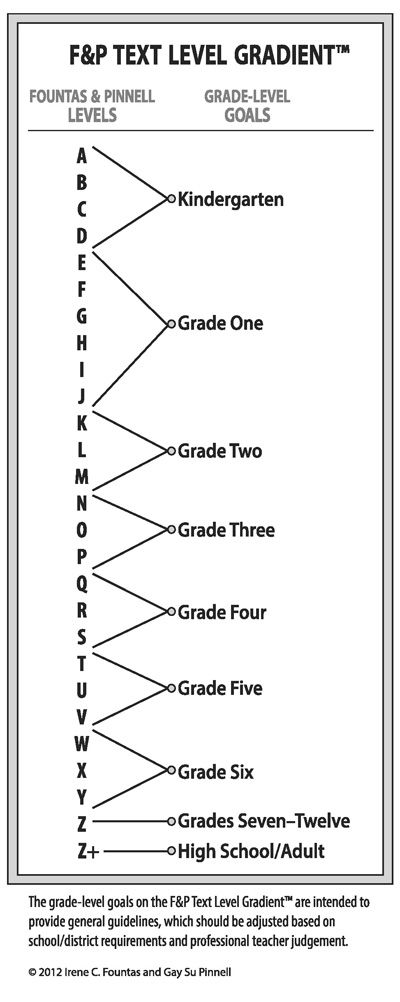
For example, the well-known gag in English circles “Can I have a look at Uranus too , Lavender ?” from the fourth book. Well, Uranus and Uranus. But then why did Lavender blush and run away after Ron said that? But because Uranus sounds exactly the same as Your anus. And there already is, because of which to blush. You have no idea how many of these hidden jokes writers hide in books. Oh-oh-oh-a lot. nine0003
So reading in English can be both fun and a normal level of language proficiency. Indeed, in the future, the studied vocabulary and grammatical constructions will be used as if by themselves - exactly where they are needed. So choose a book and sign up for a free trial lesson with an EnglishDom teacher.
Online school EnglishDom.com - we inspire you to learn English through technology and human care
Only for readers of Habr the first lesson with a teacher in an interactive digital textbook for free! And with the purchase of classes, you will receive up to 3 lessons as a gift!
Get a full month of ED Words premium subscription as a gift .